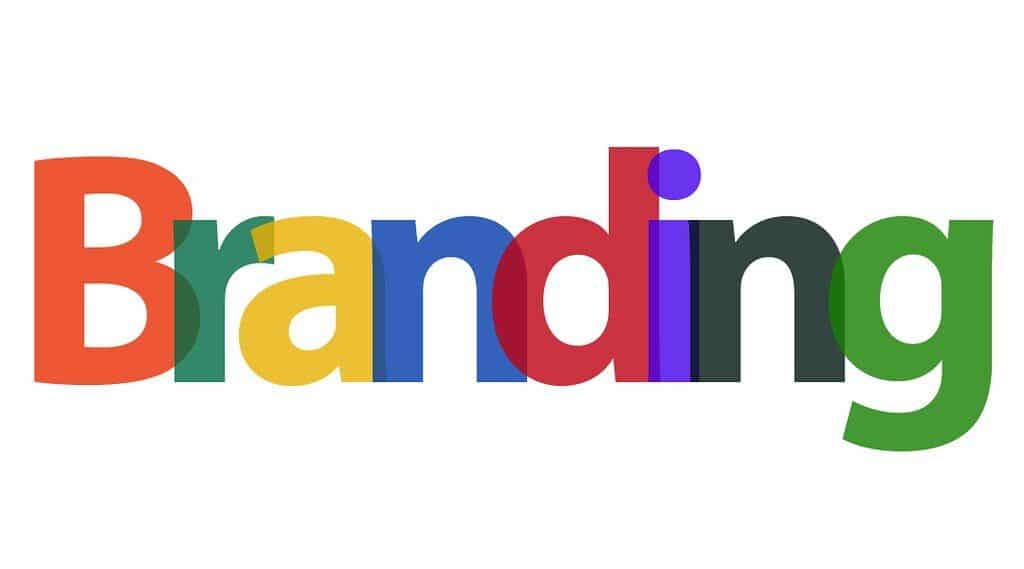The Psychology of Colors in Branding Infographic

TechsPlace | Colors make the world come alive. They add brilliance to our lives, and that too, in such abundance. As much as they make the landscapes around us exquisite, they are also supremely vital in determining the future of any business or branding.
Colors are tremendously powerful. The answer to why colors matter to your business lies in the subject of science. Color is a reflected wave of light which helps our brain to determine how we perceive things in our surroundings. The way we interpret what we see triggers our emotions. This leads us to associate a certain set of feelings with certain colors, thereby influencing our state of minds and directing our behavior.
Brands seek to foster a strong emotional connect with their customers. In order to fathom the vastness of the same, ‘color psychology’ has been established as a comprehensive subject. It is a complex field which delves deeper than the generalized assumptions. For instance, different tones of a single color can provoke different sentiments, and this is where intricate insights become a prerequisite.
Findings of an independent study confirmed that customers, subconsciously, can identify and register whether a brand and its colors are in sync with each other. If they do appear unsynchronized, different messages will be forced, ultimately confusing the buyer. Therefore, it becomes pivotal to choose a correct color palette that not only complements the aesthetics of the business but also perfectly blends in with its overall feel.
Wherever the business chooses to represent itself, it must be made a priority that the chosen color palette is thoroughly fused with the brand’s visual identity (largely comprising the logo, tonality, fonts, and graphics as some of the essentials). This continuous exposure augments the business’ recognition by customers by up to 80 percent. The same get attested by the results of reliable research which states that customers are inclined to purchase more of those products which they are familiar with. Tiffany’sblue, Cadbury’spurple, and Barbie’spink are some of the finest examples of how colors can lead to instant brand remembrance. Instead of requiring to amalgamate colors with the rest of the brand elements, they themselves go on to serve as one.
Furthermore, a business must know who to appeal to in the first place. Trickling this down into simpler words, a correct evaluation of the demography of the target audience must be laid down so as to intrigue them in the right way. Blue is the utmost favorite color of both women and men while brown is the least preferred. Young women desire oranges and reds while young men prefer highly sophisticated colors of black and white. As both grow older, an inclination towards softer, lighter shades are noted.
Nevertheless, colors can notoriously propel the success (or failure) of a business in the market. An accurate selection of color scheme can swirl a positive perception of the brand in the minds of the customers. These colors bestow the branding with the ability to effectively communicate the ethos of the business. Chech below infographic for details on Psychology of Colors in Branding.

This article is contributed by guest author on techsplace.com.





